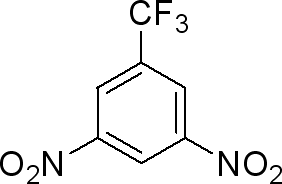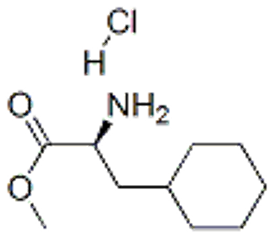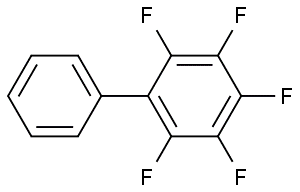3 5-Dinitrobenzotrifluoride(CAS# 401-99-0)
| Risk Codes | R36/37/38 – Irritating to eyes, respiratory system and skin. R20/21/22 – Harmful by inhalation, in contact with skin and if swallowed. |
| Safety Description | S26 – In case of contact with eyes, rinse immediately with plenty of water and seek medical advice. S36 – Wear suitable protective clothing. S37/39 – Wear suitable gloves and eye/face protection |
| WGK Germany | 3 |
| HS Code | 29049090 |
| Hazard Note | Toxic |
| Hazard Class | IRRITANT |
Introduction
3,5-Dinitrotrifluorotoluene is an organic compound. The following is an introduction to its nature, use, preparation method and safety information:
Quality:
3,5-Dinitrotrifluorotoluene is a yellow crystalline solid with a strong explosive and pungent odor. It is insoluble in water at room temperature and slightly soluble in alcohols and ether solvents. It has a high ignition point and explosiveness and should be handled with caution.
Use:
With its high explosiveness, 3,5-dinitrotrifluorotoluene is mainly used as an explosive. It is commonly used in the preparation of explosives, pyrotechnics, and rocket fuel, among others. It can also be used as a strong oxidizer and auxiliary fuel.
Method:
Typically, 3,5-dinitrotrifluorotoluene is synthesized by nitrification. This synthesis method generally reacts 3,5-dinitrotoluene with trifluoroformic acid to obtain 3,5-dinitrotrifluorotoluene. The explosive nature of its preparation requires strict control of reaction conditions and operation methods.
Safety Information:
Due to its explosive and pungent odor, 3,5-dinitrotrifluorotoluene should be handled with caution and in strict compliance with relevant regulations and safety operating guidelines. It is necessary to avoid contact with other combustibles during use, and avoid sparks and heating. Inhalation of vapours or dust should be avoided and appropriate protective equipment is required. During storage and transportation, the container needs to be sealed and stored properly to avoid collisions and high-temperature environments. Comply with safety operating procedures to ensure personal safety and environmental safety.







